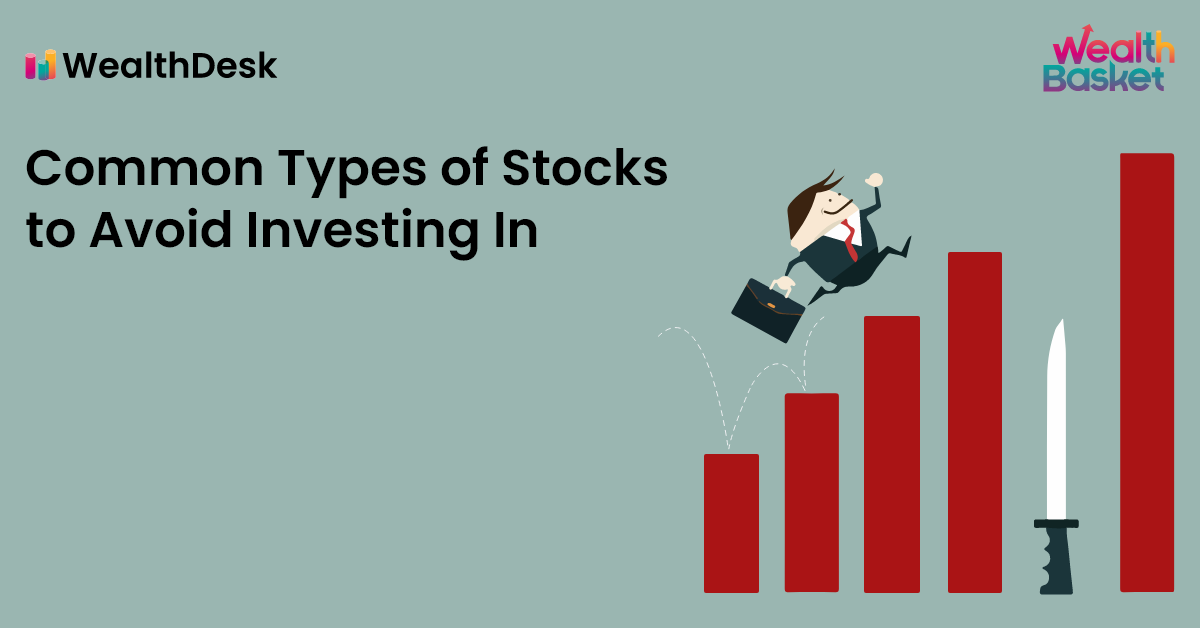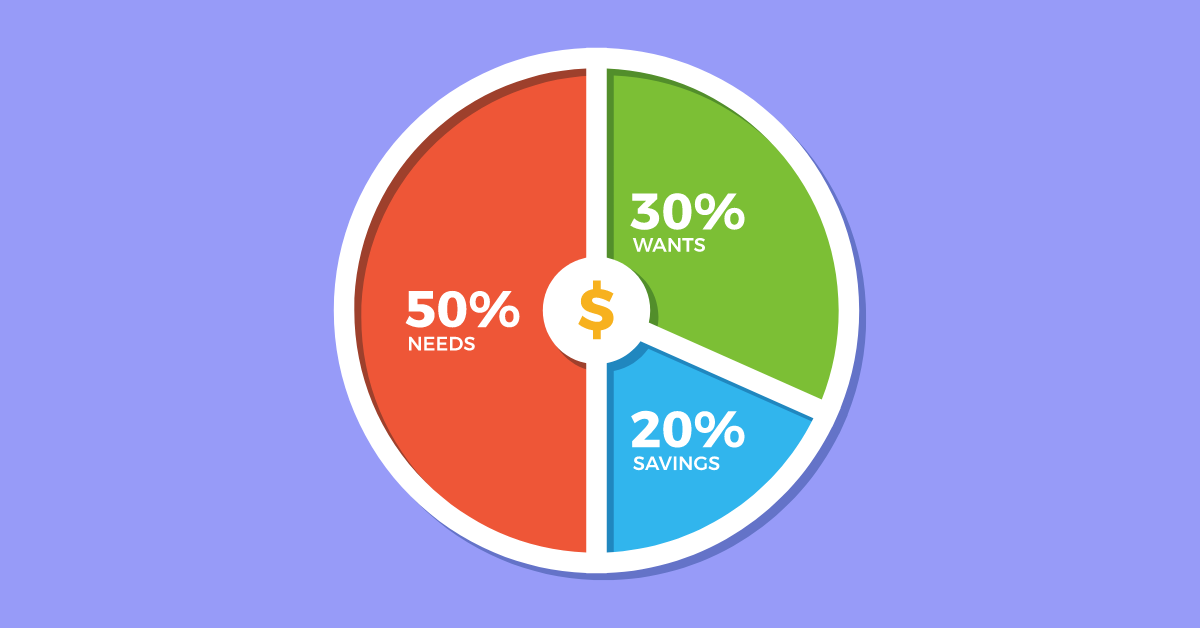In India, more than 6,800 companies are listed over NSE (National Stock Exchange) and BSE (Bombay Stock Exchange). There are different types of stocks being traded daily. It is easy to get confused because of the sheer number of stock categories. It is good to know some types of shares in the stock market that one should look out for. It is even better to know the types of shares that should be avoided.
This article looks at some types of companies an investor might want to avoid investing in.
What Types of Companies Should You Avoid Investing In?
Low Visibility Companies
Owning stocks is like owning a part of a company. You should know how a company does business, how effective their methods are, and how they have performed over the years.
But, it is challenging to find these things about some companies. Such companies are called low visibility companies. Conducting the necessary research is a tedious task. Also, there is a possibility that the information available may be inaccurate. Manipulators might even create inaccuracies intentionally.
Even if a company is performing well, it might be overlooked and have low trading volumes if it has low visibility. We discuss why stocks with low trading volumes are undesirable, later in the article.
High Debt Companies
Debt is a way for companies to bring in money for day-to-day operations or purchasing assets. When debt levels go out of control, it can be a considerable problem as interest payments can get backbreaking. Companies with a high debt to equity ratio often find it difficult to repay debts after a certain threshold, especially in an economic downturn.
Investors should look at the debt to equity ratio or the debt to liability ratio. To understand whether a company is one of the high debt companies in India, you can look at the average level of debt in India for the sector they are in.
You can find lists of companies with the highest debt in India on sites/portals like ETMarkets, Rediff, etc.
Falling Knife Category Companies
If you try catching a falling knife, you might hurt yourself. Falling knife category companies are the companies that are experiencing a rapid drop in their stock price. When a stock falls rapidly, some investors may be tempted to buy these stocks at a discounted price. But you never know how long such a stock will fall and when exactly it will rise again.
If you buy a stock that was rapidly falling and continues to fall, you would be incurring losses. An impact of falling share prices on a company is hesitancy in buying that stock, which might further lower the stock prices owing to low demand.
You should steer clear of “strategies” like buy-the-dip that involve attempting to buy a stock at a low. Why? It is tough to tell which point is the “dip”. What if the stock falls further after rising for a short while?
Check out our blog exploring why SIP can be better than buy-the-dip strategies in volatile markets.
Low Liquidity Companies
Liquid assets can be easily converted into cash without losing value. A company has high liquidity if it has a high percentage of liquid assets.
Companies with low liquidity are likely to rely on external debt for meeting debt obligations. Meeting debt obligations through more debt is a slippery slope. A low liquidity company is more likely to be caught in a debt spiral than a high liquidity company.
Are Low Liquidity Stocks The Same As Low Liquidity Companies?
Low liquidity stocks are different from low liquidity companies. The liquidity of stocks refers to how easily they can be bought or sold on the exchange without significantly impacting the stock price. Low liquidity stocks are stocks with low trading volumes.
It can be challenging to sell a low liquidity stock. Therefore, if such stocks start to fall, investors may find it difficult to sell them off and cut losses.
Thus, low liquidity companies and low liquidity stocks are both undesirable.
Final Thoughts
There are various stocks an investor should avoid. Low visibility stocks may be difficult to research. High debt companies might find it difficult to stay afloat and pay dividends. Buying falling knife category companies might lead to losses. Low liquidity companies might have to increase their debt. Learning about these types of companies allows an investor to sidestep some possible losses.
On WealthDesk, you can find WealthBaskets, a way to make direct investments into stocks and ETFs. These WealthBaskets are portfolios made by SEBI-registered professionals. There are WealthBaskets for various strategies and investment goals.
FAQs
Government bonds are considered safer investments than equities or corporate bonds. Inflation-indexed bonds (IIBs) which are government bonds that are adjusted for inflation are desirable for investors wanting to earn stable inflation-proof returns.
Penny stocks are considered high-risk investments because of a lack of history and information, and low liquidity. Penny stocks with low market capitalization are easier preys for price manipulators.
Beginners to investing should start by learning about various dos and don’ts. They should learn how to do a basic fundamental analysis and technical analysis. They should also make a note of some common investing mistakes they should avoid.
Stocks that have a combination of high debt to equity ratio, low visibility future profits, low liquidity, and are currently falling very sharply would hypothetically be the riskiest types of stocks.


















